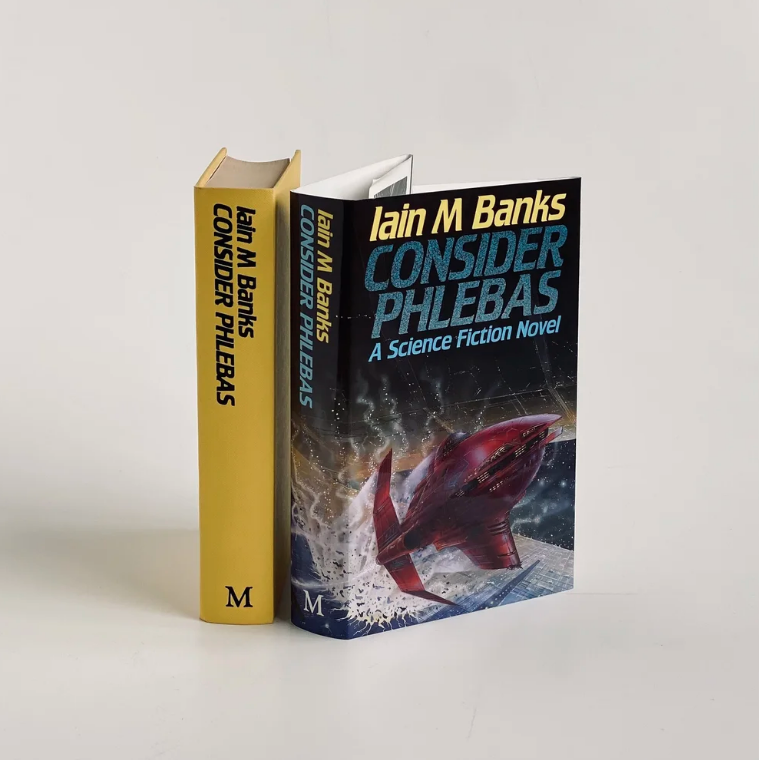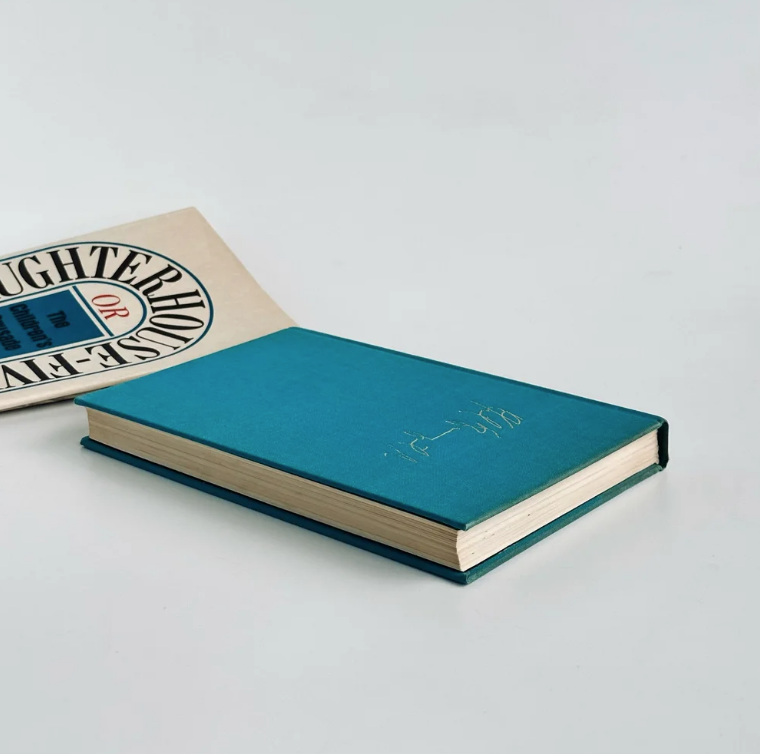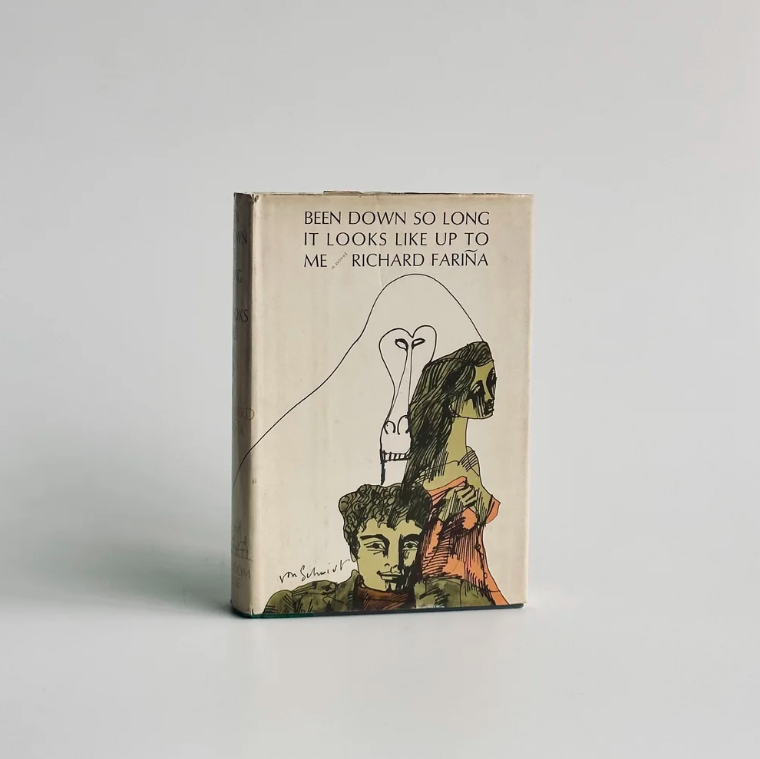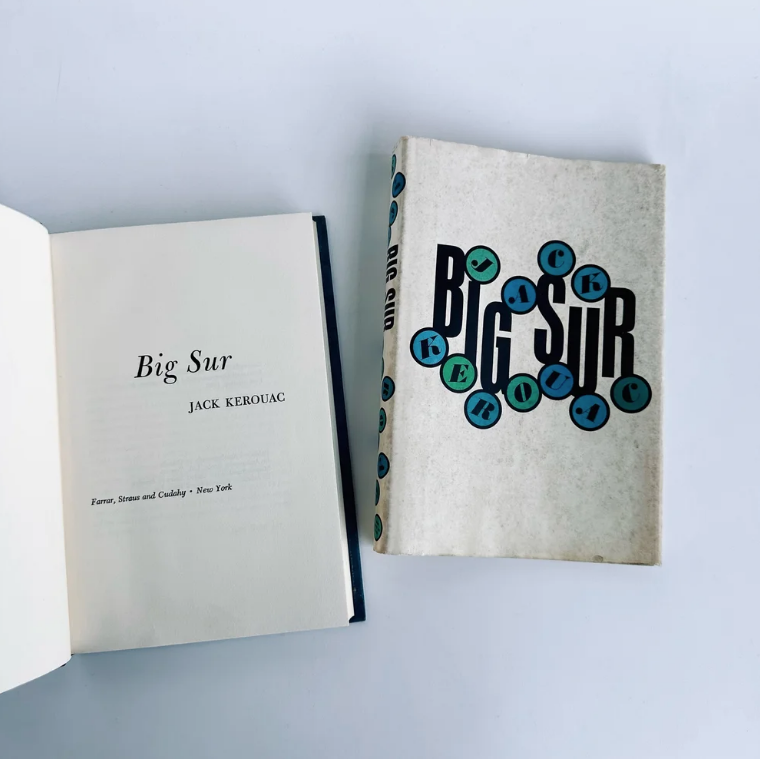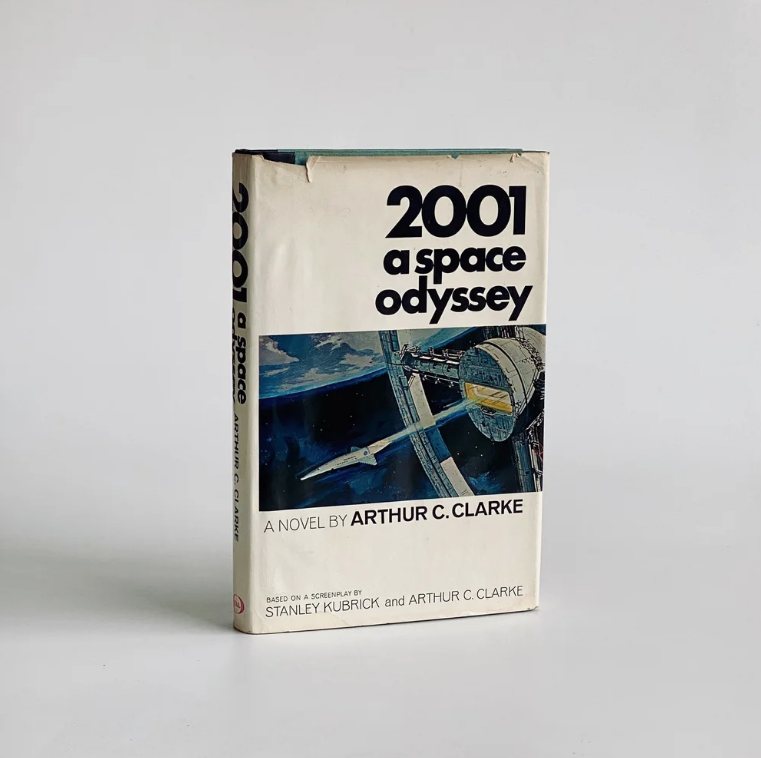Grading the condition of rare and collectible books
Understanding Book Condition Grades: How Collectors Assess Rarity and Value
When it comes to collecting rare and antiquarian books, condition is king. Two copies of the same first edition can differ dramatically in value based solely on how well they’ve been preserved. Professional booksellers and collectors use a standardized grading system to describe the physical state of a book and its dust jacket. Below is a guide to what each grade means — and why these distinctions matter when building or appraising a collection.
FINE (As New)
A Fine copy is the pinnacle of collectible condition. The book appears virtually as it did when first issued — crisp, clean, and unread, with no visible wear. The binding is tight, the pages are immaculate, and the dust jacket (if present) is flawless and unblemished. Books in Fine condition are rare and highly desirable, especially for modern first editions where condition greatly influences market value.
NEAR FINE
A Near Fine book is just a small step below Fine. It remains bright and attractive but may exhibit minor imperfections — perhaps a touch of rubbing at the edges, a faint crease, or a tiny chip to the dust jacket. Inside, the pages are typically clean and unmarked. For most collectors, Near Fine represents an excellent and collectible copy.
VERY GOOD
Books in Very Good condition show some signs of careful use or age. There may be light wear to the corners or edges of the boards, a short tear to the dust jacket, or minor soiling. The binding remains sound, and all pages are present. A previous owner’s inscription, bookplate, or small mark may also be present. While not pristine, Very Good copies remain appealing and often provide the best balance between condition and affordability.
GOOD
A Good book has clearly been read and handled. It shows moderate, consistent wear to both book and jacket, but typically remains complete and intact. The dust jacket may have small chips or tears, and the spine might show fading or rubbing. There may be writing or underlining on some pages, but the book is still structurally solid. Collectors typically view Good as a “reading copy” — acceptable for ownership but not investment-grade.
ACCEPTABLE (or FAIR)
Acceptable condition indicates significant wear or damage. The dust jacket may be missing or heavily torn, and the book might have underlining, highlighting, or library markings. The binding could be loose, and pages may show stains or discoloration. While not collectible in the traditional sense, an Acceptable copy can be of interest for its content, signature, or scarcity.
POOR
Books graded Poor are seldom offered by professional booksellers except in cases of extreme rarity. These copies may have detached covers, missing pages, severe water damage, or other substantial defects. While their condition is compromised, even Poor books can hold historical or bibliographic significance — especially when no better copies are known to exist.
Why Condition Matters
Condition grading helps establish transparency between buyers and sellers and plays a critical role in determining a book’s market value. For serious collectors, learning to assess condition accurately is as essential as understanding edition points or provenance. A first edition in Fine condition might command ten times the price of the same title graded merely Good.
Whether you’re starting your collection or refining it, understanding these grades will help you make informed decisions — and appreciate the delicate balance between age, rarity, and preservation that defines the world of rare books.



